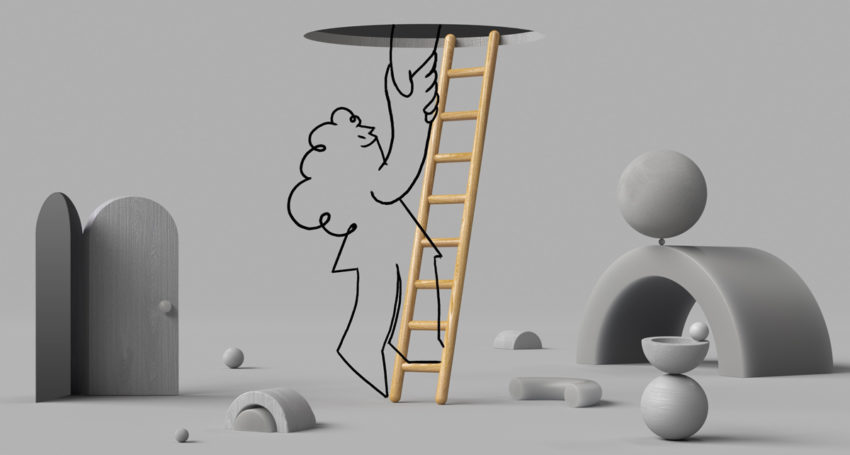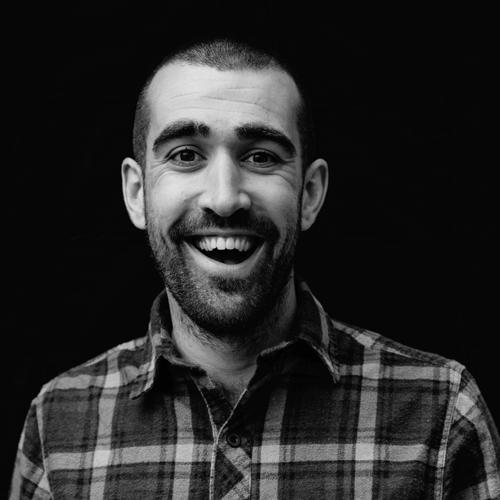Australian solution to chronic pain attracts global interest
Health & Medical
Global uptake of a suite of South Australian tools to help people living with chronic pain is on the rise following the launch of an online course for clinicians last month.

Sign up to receive notifications about new stories in this category.
Thank you for subscribing to story notifications.

Since launching the latest tools in the Permission to Move series of chronic pain products a few weeks ago, Adelaide-based physiotherapist David Moen said he had been contacted by public hospitals and private clinicians across the world who were looking to begin using the tools.
“In the last few weeks, I’ve spoken with people in South Africa, England, Ireland, Scotland, Canada, the US, New Zealand and Netherlands – the response has been really global,” Moen said.
“People are becoming more aware of treating chronic pain and they want to start using this style of practice. They want to be doing the best thing for their patients but they don’t feel they have the skill set, because it’s not widely taught yet.
“It seems as though there’s a lack of resources, a lack of skills and programs or handouts.”
About six years ago, Moen began developing educational resources to help people understand the biology of pain and what it meant for recovery.
He said he was inspired to create the suite after noting a “big discord” between the way physiotherapists were taught to treat pain and the science behind pain, while studying his Master of Physiotherapy.

David Moen
“I did a study where we spoke to thousands of people who had chronic pain and were on waiting lists or waiting to get into pain clinics,” he said.
“And it was just really clear that what was being done in practice and the way that people were treating pain didn’t match what the research said about pain, or the clinical practice guidelines. And so there was this massive gap.”
He has so far launched three products for clinicians looking to up-skill and patients who haven’t been able to find a clinician providing modern pain-science treatment.
The tools include animation explainers on pain recovery, a website which aims to help people think differently about pain and a Permission to Move book to help clinicians treat pain in an evidence-based way.
“We did a 100-person sample control study where we used this methodology which was taught through Telehealth with an income protection insurer,” Moen said.
“That showed really good effects on improving function and reducing pain and improving return to work rates, and that for us is this sort of proof of concept.”
The final product is an online affiliate program for clinicians.
Launched last month, the online course is divided into a series of weekly modules and coaching programs, as well as clinical templates for practitioners to implement in their management software.
Moen said the templates worked as an extra digital aid for patients to use at home alongside recovery programs.
“In the end, what we try to develop, is self management skills so the person is able to start directing their own treatment a lot more effectively and are able to start taking control, instead of relying on the clinician,” he said.
“Essentially, a clinician can either use the book as a standalone resource, or they can join this affiliate program where they sign up and they gain access to our patient facing course, so they can use it with their clients.
“It’s a subscription model. So they pay a monthly fee and then they can use it with all of their clients.”
Moen said with one in five people experiencing chronic pain, it’s a problem that had been costing the economy more than cancer and diabetes combined.
“And yet, when you punch into Google ‘chronic pain’, you get 45,000 hits a month, which is this tiny little figure. Nobody is googling chronic pain, yet it’s such a massive problem,” he said.
“Instead, what most people are googling is the injury type.
“People think that they have this chronic injury but injuries heal. They can’t not heal, no matter how you train an injury to not heal, it’s going to heal and find some kind of status quo and its new position.
“But it’s challenging to directly challenge someone’s pain story, and pain is so personal.
“For example, if you’ve got someone that’s coming into the clinic and their whole life has been defined, as in a lot of cases, by chronic pain and you’re saying: ‘Well, actually we’re not invalidating your story, your story doesn’t change at all. But the meaning of your pain is different. And so the solution is different. And this explains why treatments haven’t worked so far. And there is real hope’ – that’s challenging.
“But we need to think differently about pain as clinicians and I think, on mass, we’re not very skilled at addressing that conflict.”
Jump to next article



